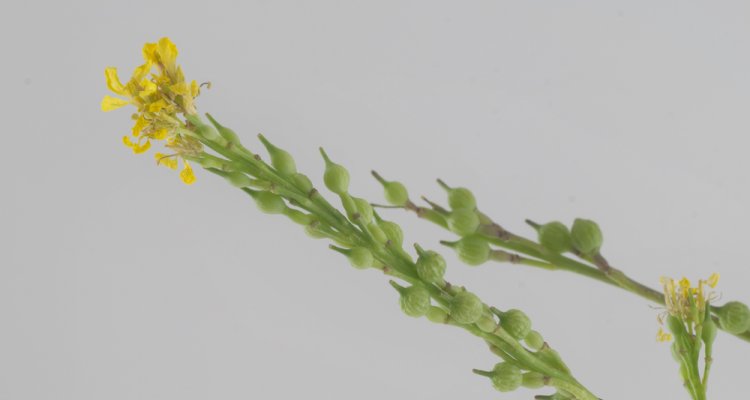
Project
Resolving the extreme photosynthetic efficiency of grey mustard (Hirschfeldia incana)
Introduction
Photosynthesis is the process that sustains life on our planet by converting the solar radiation into carbohydrates, the basic form of energy in all organisms. Nearly all plants perform photosynthesis, but some do better than others. Grey mustard (Hirschfeldia incana) will be a great model for high efficiency in photosynthesis.
Aim
Not all plants have the same overall efficiency of photosynthesis, the biological process that sustains most life on our planet. Hirschfeldia incana is a Brassicaceae species that can maintain much higher photosynthesis rates at high solar irradiances than other plants, showing an astonishing photosynthesis efficiency. This project aims at unravelling the genetic basis of such high photosynthesis efficiency at high irradiances. This will open a new avenue for understanding high overall light use efficiencies in plant photosynthesis, and will be an important resource for crop improvement.
Approach
A detailed overview of the physiological differences distinguishing H. incana from Brassicaceae family relatives showing regular photosynthesis efficiency will be generated by means of techniques such as plant architecture phenotyping, biochemical essays, confocal microscopy, x-ray tomography, gas exchange analysis. The currently available draft genome sequence of H. incana will be improved through PacBio-sequencing and compared to the available genomes of other Brassicaceae species in search for genomic clues to differences in photosynthesis efficiency. The transcriptomes of H. incana and a close relative showing regular photosynthetic efficiency will be sequenced and compared to highlight differences in expression of photosynthesis-related genes. All the clues provided by the distinct analyses will then be employed to construct a priority list of genes thought to provide a relevant contribution to the high photosynthesis efficiency of H. incana. The role of the most promising genes will be examined by means of reverse genetics in Arabidopsis thaliana.
Student Opportunities
We are open to applications for thesis projects! We have different thesis topics available, including projects with High-throughput Phenotyping, Transcriptomics and Comparative Genomics. Interested to do your thesis project? Please contact Mark.Aarts@wur.nl.
